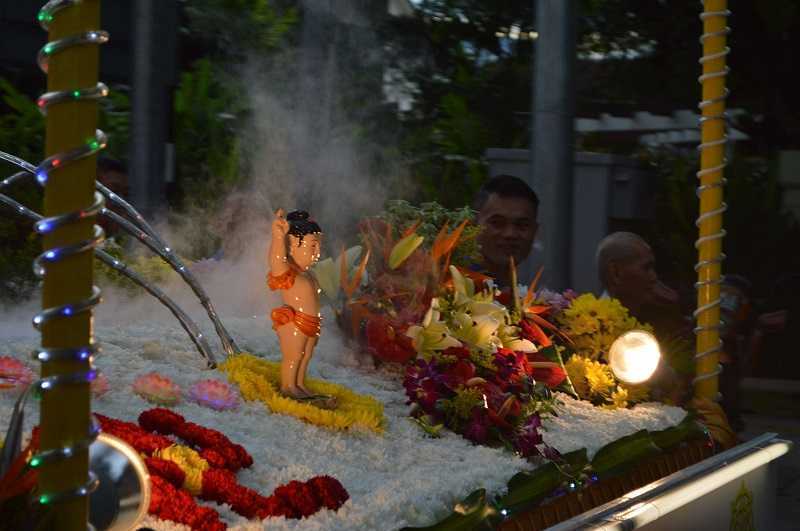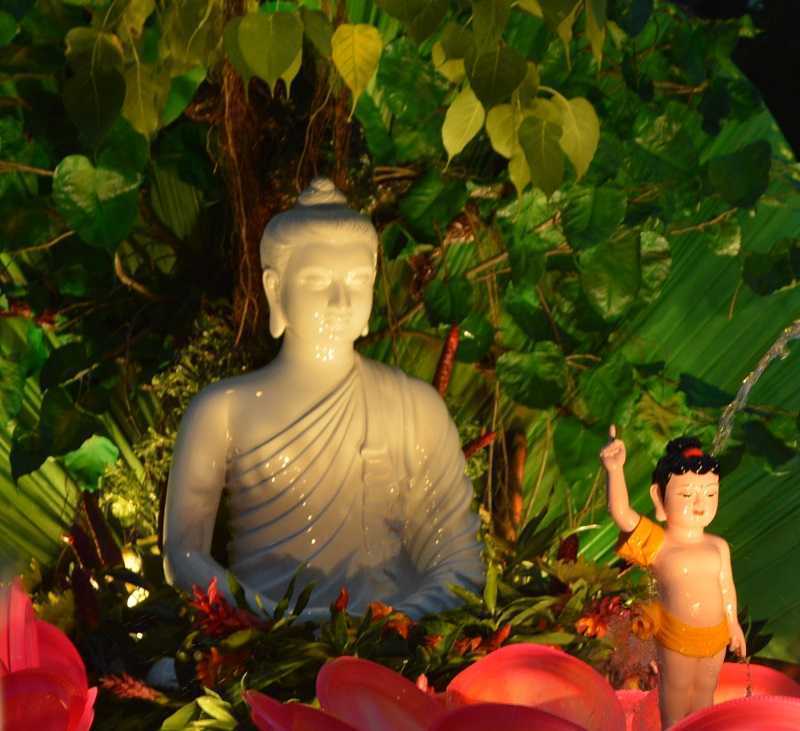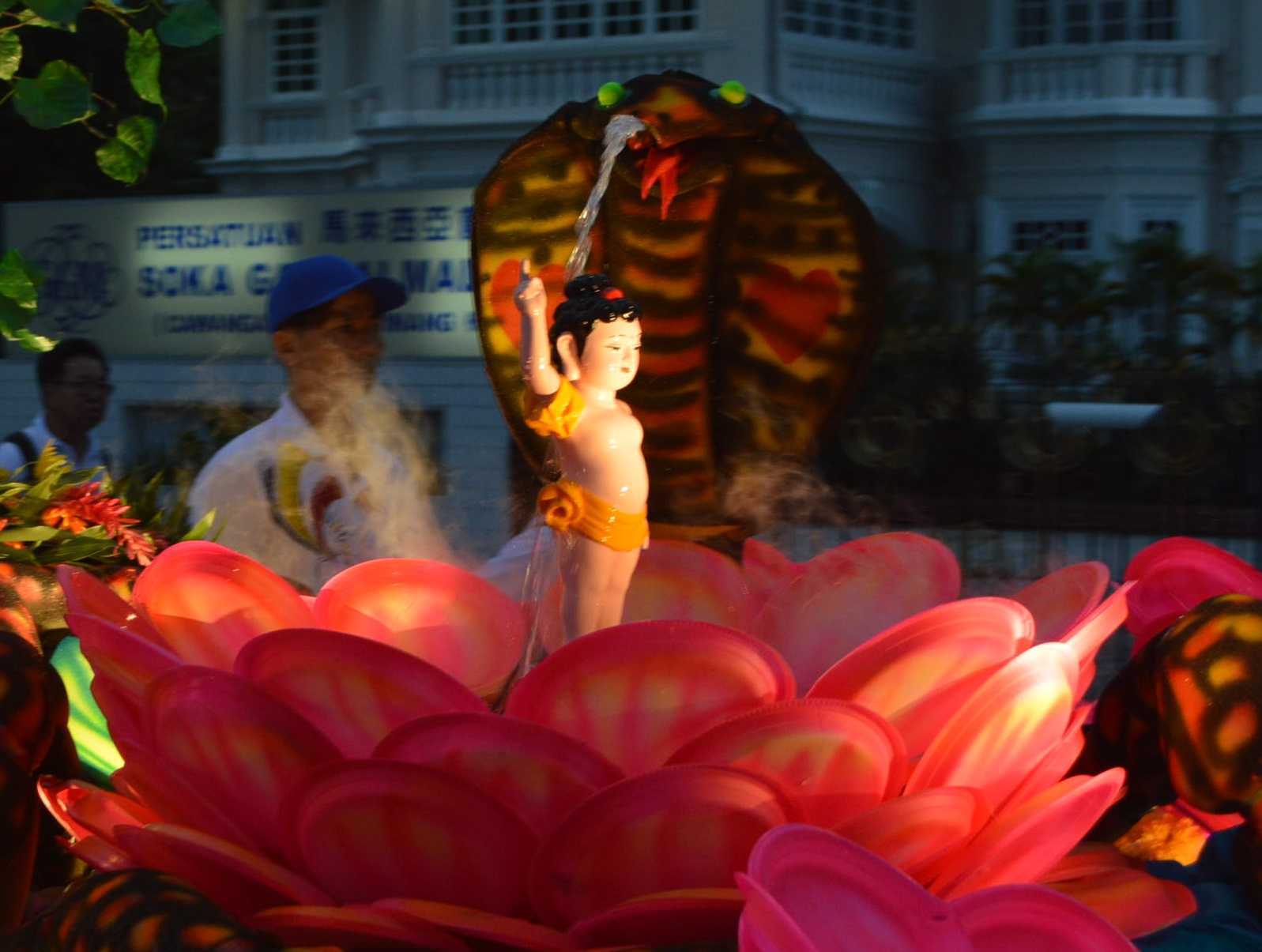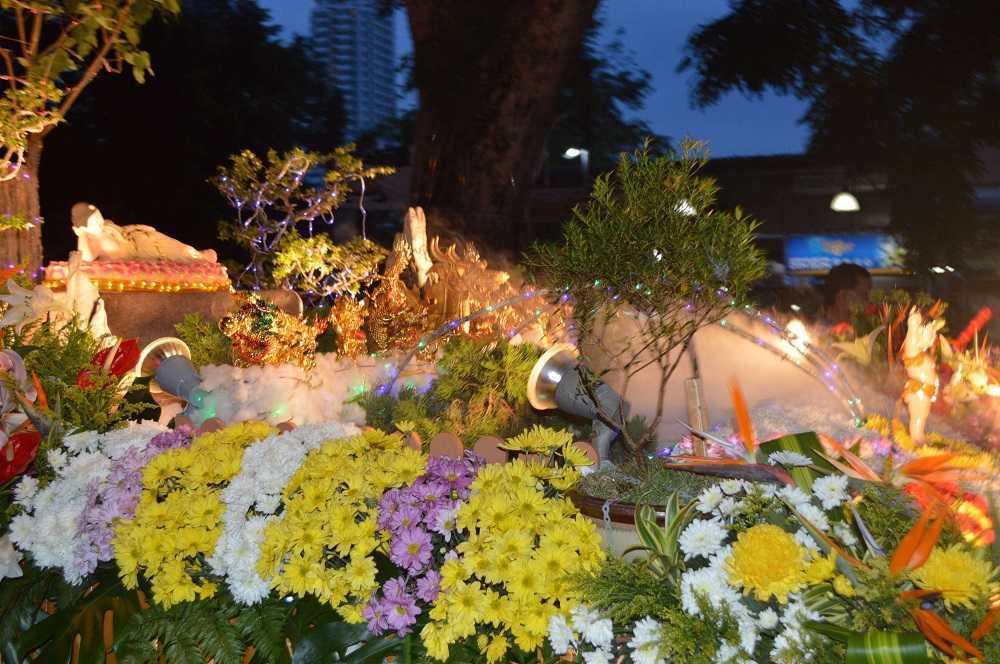Vesak Day commemorates several special occasions in the life and also the past lives of Gautama Buddha. The three primary occasions are the Buddha’s birthday, the day of his enlightenment and also the day he died. As a result, this is a very special day for Buddhists worldwide!
The Vesak pronunciation is veh-sah-k, the “k” is very soft. Additionally, Vesak is derived from the Pali term Vesakha and it is the name of a lunar month in the Hindu calendar. Furthermore, Vesakha day is the day of the full moon that falls during that particular month.
Although Vesakha comes in April/May in the western calendar, the specific day fluctuates annually due to the lunar cycle.
The Modern Inception of Vesak Day
Vesak Day first became a Buddhist holiday in 1950 after the World Fellowship of Buddhists held their first conference in Sri Lanka. Nonetheless, Buddhists have been celebrating Vesak Day informally for many centuries. However, thanks to the conference in 1950 Vesak Day has become formally recognized as an international holiday!
Countries that formally celebrate Vesak Day include: Thailand, Laos, Cambodia, Malaysia, Vietnam, Singapore, Indonesia, Bhutan, Taiwan, Nepal, Tibet, Bangladesh, Sri Lanka, China, Japan, South Korea, and India! Plus many other places worldwide.
The Special Significance of Vesak Day
The significant events in the life of Gautama Buddha that Vesak Day commemorates are more numerous than many people think. A comprehensive list will expose 3 additional events!
- Birthday – this is day that Gautama Buddha was born into this world as a human baby named Prince Siddhartha.
- Enlightenment – the Buddha also achieved enlightenment on the full moon of Vesak while meditating under the Bodhi tree.
- The Day He Died (Paranirvana) – Gautama Buddha concluded his mortal life on Vesak Day.
However, there are three other events that are somewhat obscure but no less significant to Buddhists.
- The Hermit Sumedha – many eons ago on this same night, the hermit Sumedha vowed to free himself and all other sentient beings from suffering (The Buddha was reborn as Sumedha in a past life).
- Dipankara’s Confirmation – on Vesak Day the previous Buddha, Dipankara, confirmed that Sumedha would succeed and that indeed another Buddha would arise.
- The Invitation of King Suddhodhanna – after the Buddha became enlightened, his father, King Suddhodhanna invited him to visit. As a result, the Buddha arrived at his parent’s home in Kapilavastu on the full moon day of Vesak.
Common Themes Venerated on Vesak Day
For the celebrations, Buddhists concentrate on veneration of the birth, enlightenment and death of Gautama Buddha. As a result, Vesak Day processions display these three events as part of their parade floats.
The Vesak Day procession (known as Wesak Day) in Malaysia had several floats that displayed baby Buddha statues, meditating Buddha statues and also reclining Buddha statues.

Commonly situated behind the baby Buddha statues is a statue of Gautama Buddha presumably reaching an enlightened state during meditation.
Buddhist Symbolism
The float themes incorporate important Buddhist symbols and events into display. As a result, the Buddha is depicted meditating under a real live Bodhi tree. The leaves of the Bodhi tree are identified by their elongated heart shape with the long tail protruding at the base. The Bodhi tree is commonly found throughout southern Asia and as a result, realistic props for procession floats are easy to acquire!

Furthermore, this float features a “naga” statue. A naga is a Buddhist deity that takes the form of a giant cobra. The cobra can be multi-headed or single headed as portrayed in the photo below.

Known as Mucilanda, the naga king is renown in Buddhist folklore for protecting the Buddha with its hood during a fierce thunderstorm. The naga in the preceding photo is depicted bathing the baby Buddha statue. Also of significance is that the baby Buddha statue is using a blossoming lotus flower as a pedestal. The lotus flower symbolizes the Buddha rising above earthly defilements to obtain enlightenment.
Although if appeared less frequently in the procession, a reclining Buddha statue was featured with the baby Buddha on one of the floats. The reclining Buddha statue symbolizes the Buddha’s last moments before he died. Additionally, the reclining statue’s posture always depicts the Buddha lying on his right side with his head resting on his right hand.

Helpful Resources:
- The State of Mind Called Beautiful by Sayadaw U Panditabhivamsa
- https://en.wikipedia.org/wiki/Vesak

